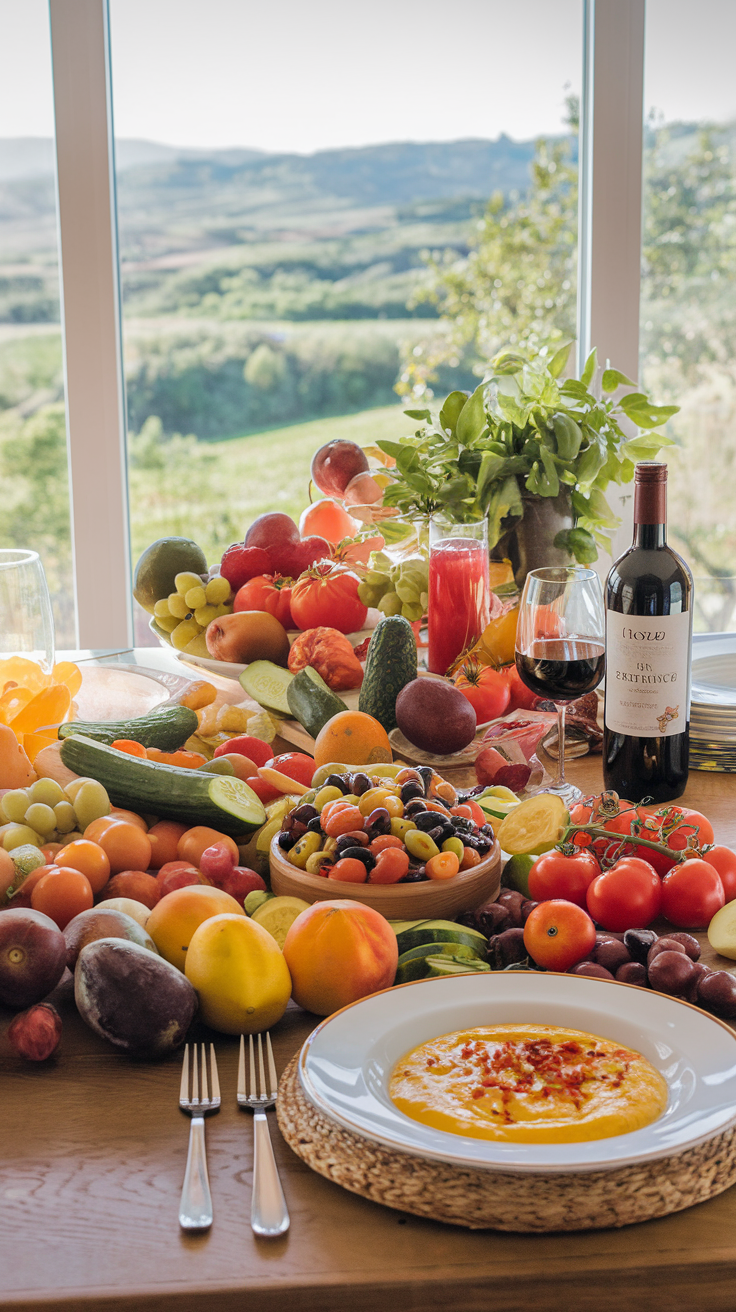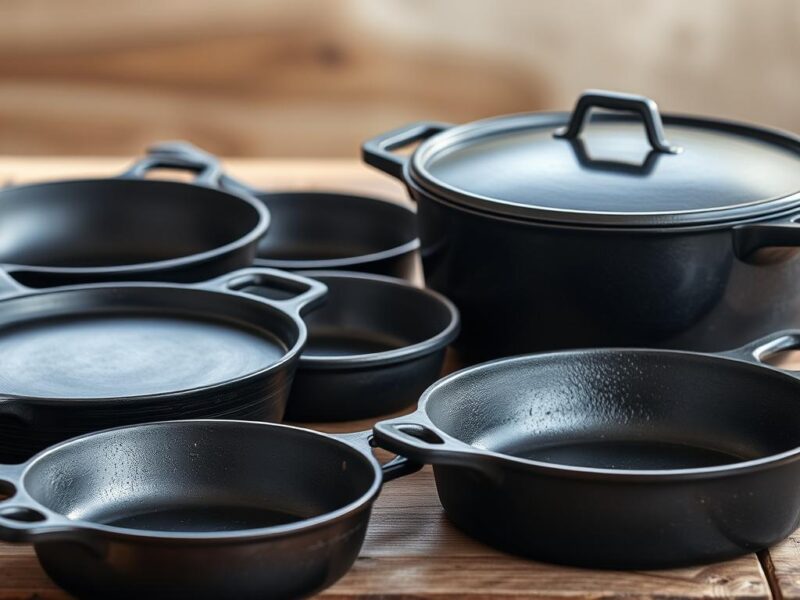Imagine cutting your risk of heart disease by nearly a third just by enjoying meals filled with colorful veggies, savory olive oil, and fresh seafood. Research shows people following Mediterranean-style eating habits experience 30% lower cardiovascular risks compared to typical Western diets. This isn’t just another food trend—it’s a lifestyle backed by decades of global studies.

Celebrated by organizations like the American Heart Association, this approach focuses on whole, nutrient-rich foods. Think crunchy nuts, fiber-packed grains, and antioxidant-loaded fruits. Unlike restrictive plans, it encourages balance—even red wine in moderation makes the list!
What makes it work? Science points to the power of unsaturated fats from olive oil and omega-3s from fish. These ingredients team up to lower cholesterol and blood pressure while fighting inflammation. Combined with plant-based meals, they create a shield against chronic diseases.
You’ll discover how this flexible eating style adapts to your kitchen, whether you’re cooking for one or feeding a family. From market-fresh recipes to smart swaps for processed foods, we’ll guide you through making it your own. Ready to transform your plate—and your health? Checkout 10 Mediterranean Diet Recipes for beginners here.
Key Takeaways
- Linked to 30% lower heart disease risk compared to standard diets
- Features antioxidant-rich fruits, vegetables, and whole grains
- Endorsed by major health organizations worldwide
- Flexible structure accommodates diverse tastes
- Helps reduce risks for diabetes and certain cancers
- Emphasizes enjoyable meals over calorie counting
Understanding the Mediterranean Diet

Picture yourself in a 1940s coastal village where meals centered around sun-ripened produce and freshly caught fish. This eating pattern emerged from regions like Crete and southern Italy, where people enjoyed vibrant health despite limited resources. Researchers discovered these communities had lower rates of heart disease compared to other populations, sparking global interest.
The Origins and Evolution
American scientist Ancel Keys first documented this lifestyle during his Seven Countries Study. He noticed how coastal communities
prioritized plant-based foods over meat. Over decades, nutrition experts refined these observations into the Mediterranean Diet Pyramid—a visual guide emphasizing daily fruits, vegetables, and whole grains.

Different cultures contributed unique elements. Greek villagers added wild greens and feta cheese, while Sicilian families incorporated citrus and sardines. What unified them? Shared values of seasonal eating, communal meals, and physical activity woven into daily life.
Key Principles and Core Foods
At its heart, this approach celebrates simple ingredients. You’ll fill your plate with colorful vegetables, beans, and nuts—all rich in fiber and antioxidants. Olive oil replaces butter as the primary fat source, while fish appears more often than red meat.

Legumes like lentils and chickpeas boost protein intake without saturated fats. Whole grains such as farro and bulgur provide lasting energy. Meals become celebrations of flavor rather than calorie-counting exercises, honoring traditions that keep communities thriving for generations.
The Mediterranean Diet: Why It’s the World’s Healthiest Way to Eat
What if your grocery list could be your best defense against chronic illness? Research reveals that prioritizing certain foods creates lasting wellness. A landmark Spanish study tracked 7,000 participants for nearly five years—those following Mediterranean-style eating habits saw 30% fewer heart issues than others.

Embracing Nutrient-Dense Choices
Foods like walnuts and almonds deliver more than crunch. They’re packed with healthy fats that improve blood flow. Leafy greens and berries fight cellular damage linked to cancer. “People eating nuts daily showed 28% lower cardiovascular risks,” notes the PREDIMED research team.

Legumes and seeds keep energy stable while reducing diabetes risk. These ingredients work together like nature’s multivitamin. You’ll get fiber for gut health and antioxidants that protect every cell.
The Role of Olive Oil and Whole Grains
Swap butter for golden olive oil in your kitchen. Its monounsaturated fats help clear artery-clogging cholesterol. Pair it with farro or bulgur—these ancient grains release energy slowly, preventing blood sugar spikes.

Studies connect whole grain consumption to 23% lower breast cancer rates in women. Combined with olive oil’s anti-inflammatory powers, these staples form a tasty shield against modern health threats. Your heart and waistline will thank you.
Research and Evidence: Health Benefits and Beyond
What if simple food choices could help you outlive your peers? Over 15,000 participants in the PREDIMED trial revealed a 30% lower risk of heart attacks among those following this eating pattern. Even better – those who stuck with it reduced stroke deaths by 39% compared to low-fat diets.

Cardiovascular Health and Reduced Disease Risk
Your arteries get VIP treatment here. Antioxidants in olive oil slash bad cholesterol by 12% when replacing saturated fats. The Lyon Heart Study found 70% fewer cardiac deaths among participants – results so strong the trial ended early.
Legumes and whole grains work overtime. Their soluble fiber acts like a sponge for excess cholesterol. One analysis showed 23% lower breast cancer rates in women eating this way regularly.
Impact on Weight, Diabetes, and Aging
Forget crash diets. Research tracking 32,000 nurses found those prioritizing plant-based fats maintained healthier weights over 12 years. Their diabetes risk dropped 25% compared to standard low-fat approaches.
Brain benefits surprise many. Older adults showed 35% slower cognitive decline when eating fish twice weekly. Even better – moderate wine drinkers had better blood sugar control than teetotalers in multiple studies.

Quality fats make all the difference. While 40% of calories come from fats here, they’re the kind that fight disease. As one researcher notes: “It’s not about cutting oil – it’s choosing oils that cut risks.”
Incorporating The Mediterranean Way of Life in Your Routine
Transforming your daily meals starts with smart swaps. Replace white bread with whole-grain sourdough and use olive oil instead of butter for roasting veggies. Try this trick: drizzle oil over hummus-dipped carrots or mix it into yogurt-based dips for extra flavor.
Simple Strategies for Success
Build meals around colorful produce and lean proteins. Start mornings with Greek yogurt topped with local berries and walnuts. For lunches, try grilled chicken salads featuring chickpeas and olives. Keep portions in check by filling half your plate with vegetables.

Stock your pantry with versatile staples like canned sardines and lentils. These make quick additions to whole-grain bowls or tomato-based soups. When snacking, reach for almonds or apple slices with nut butter instead of processed treats.
Move Like the Mediterranean
Pair your meals with joyful movement. Walk to local markets for fresh ingredients, or dance while prepping garlic-infused olive oil dressings. Garden-grown herbs add freshness to dishes while keeping you active outdoors.
Remember balance: enjoy crusty bread with meals but pair it with bean soups for lasting energy. Swap red meat for poultry twice weekly, and let seasonal fruits satisfy sweet cravings naturally. Small changes create big rewards over time.
Navigating Common Pitfalls and Staying on Track
Sticking to this lifestyle isn’t about perfection—it’s about smart navigation. Let’s explore two powerful tools: the visual meal guide and conscious consumption habits that keep you thriving.
Your Food Compass: The Meal Guide
Think of the Mediterranean eating pyramid as your grocery list blueprint. Base meals on veggies and whole grains, then layer in healthy fats like olives and nuts. A balanced eating plan becomes effortless when you prioritize plant-based foods over red meat.
Recent studies show women using this visual guide consumed 18% more fiber while keeping saturated fats in check. “Visual tools help people make better choices without feeling restricted,” notes a 2023 nutrition journal analysis.
Eating With Intention
Slow down and savor each bite—this simple shift prevents overeating. Turn off screens during meals and listen to your body’s fullness signals. Research links mindful practices to 22% lower calorie intake during shared meals.

Track how your energy levels respond after olive oil-rich dishes versus processed snacks. Many find stable blood sugar leads to fewer cravings. Remember: occasional wine pairings work best when balanced with water and veggie-focused plates.
Keep meals exciting by rotating seasonal produce and protein sources. Swap salmon for sardines, try farro instead of quinoa. Variety isn’t just tasty—it ensures you get all nutrients needed to protect your heart and overall health.
Your Journey to Lifelong Health with the Mediterranean Diet
Embracing this lifestyle isn’t just about food—it’s a celebration of life that millions across cultures have cherished for generations. Research confirms those prioritizing plant-rich meals slash heart disease risk by 72% and diabetes odds by half, as shown in landmark studies like PREDIMED. Your plate becomes a canvas for longevity, painted with olive oil-roasted veggies, citrus-kissed beans, and whole-grain breads that keep energy steady.
Start by swapping red meat for poultry or lentils twice weekly—small shifts with big payoffs. Women following this pattern saw 23% lower mortality rates over 25 years, proving every roasted walnut and berry-packed snack matters. Meal planning thrives on flexibility: grill fish tonight, try chickpea stew tomorrow, and always leave room for laughter around the table.
Consistency trumps perfection. Choose hummus over butter spreads, savor fruit desserts, and let movement complement your meals. With each mindful choice, you join a global community rewriting health stories—one sun-drenched tomato, one joyful bite at a time. Your future self will thank you.


